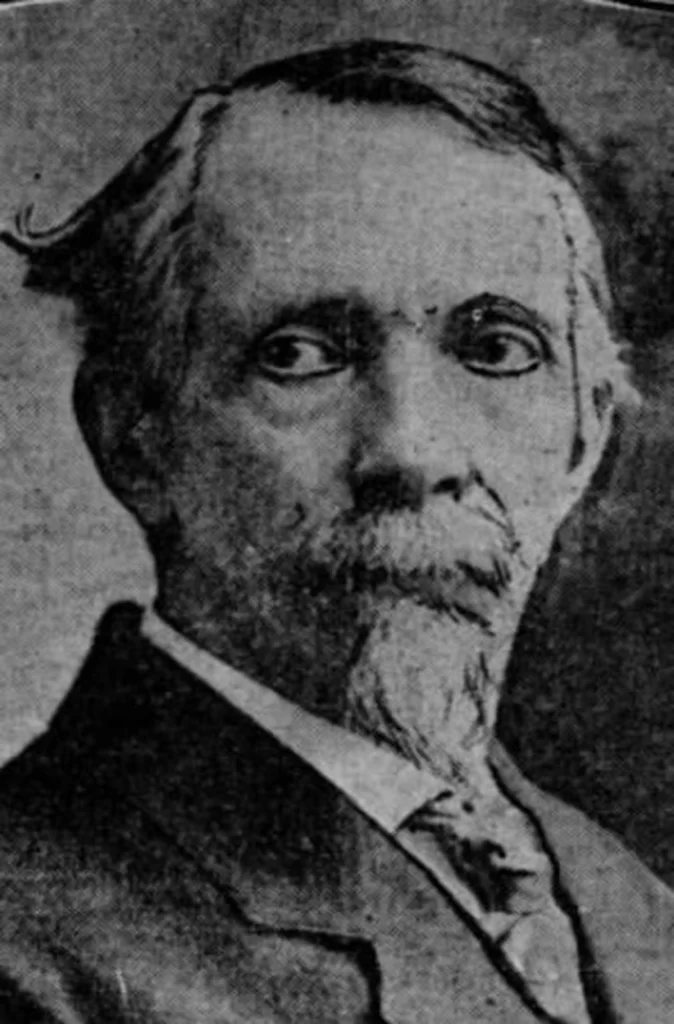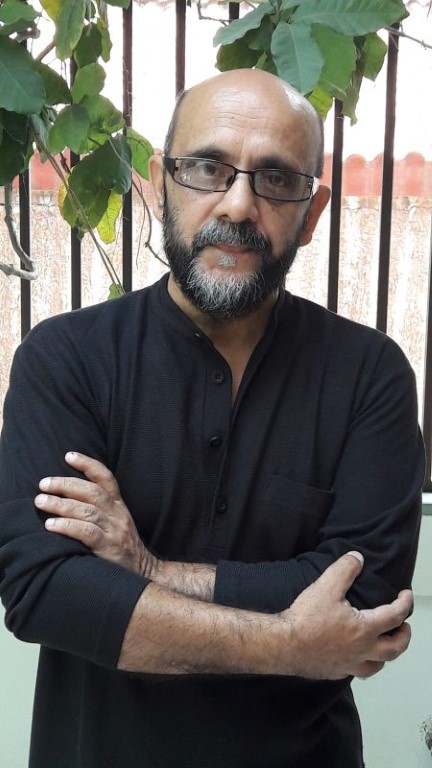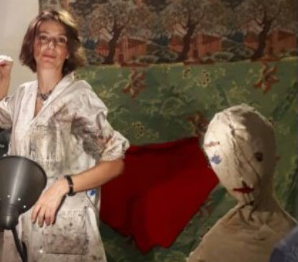Richard Henry Park (February 17, 1838—November 7, 1902) was an American sculptor active during the late 19th Century. He is known for his marble and bronze works. From the bust of ‘Milwaukee’s foremost citizen’ John Plankinton to the sculpture of George Washington, his legacy can be found on most American streets.
Early Life and Training
Born on February 17, 1838, in Hebron, Connecticut, Richard Henry Park’s artistic journey began after encountering a transformative exhibition by Hiram Powers. In 1855, he joined the prestigious Albany studio of Erastus Dow Palmer, America’s leading neoclassical sculptor. Starting as a marble cutter’s apprentice, Park worked alongside future sculptors Launt Thompson and Charles Calverley until 1861, mastering the art of creating marble replicas of Palmer’s work.
Richard Henry Park Florence Italy
Park’s artistic evolution led him to establish himself in New York City before making the pivotal move to Florence, Italy around 1871. This relocation marked a significant shift in his career, as he transitioned from working exclusively in marble to embracing bronze for naturalistic sculptures, following the prevailing American artistic trends of the late nineteenth century.
John Plankinton Bust by Richard Henry Park
During his Florence period, Park received a significant commission to create a marble bust of John Plankinton, Wisconsin’s meat industry pioneer and Milwaukee’s distinguished citizen. Known as “A Merchant Prince and Princely Merchant,” Plankinton’s reputation for philanthropy and business acumen made him an ideal subject for Park’s skilled hands.
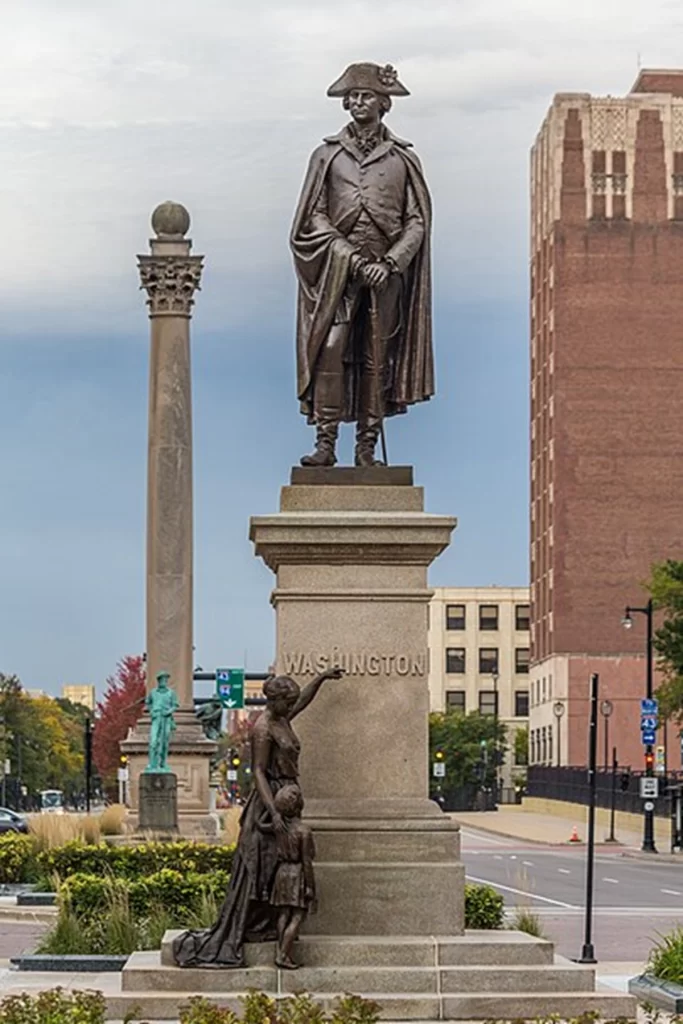
George Washington Monument Milwaukee
The Plankinton connection deepened when Elizabeth Plankinton, visiting Florence in 1879, commissioned Park to create Milwaukee’s first public artwork – a monument to George Washington. Completed in 1885, this piece became a significant milestone in both Park’s career and Milwaukee’s cultural landscape. However, the professional relationship took a personal turn, leading to an engagement that ended dramatically when Park married a Minneapolis dancer in 1887, shortly after completing his Juneau Monument.
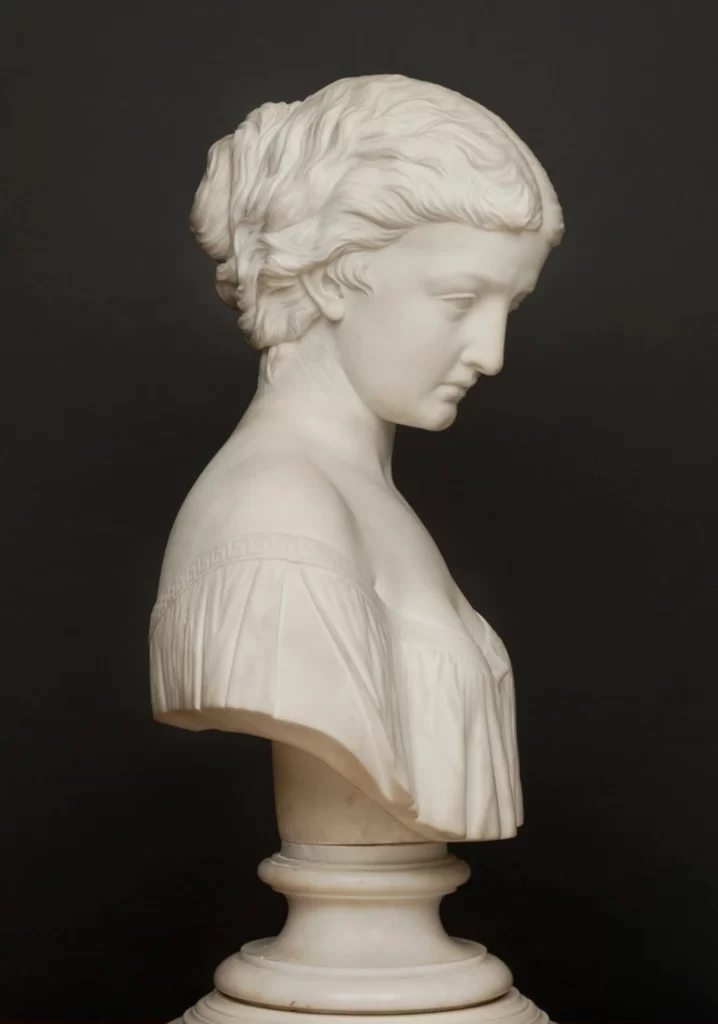
Sappho Sculpture Richard Henry Park
Among Park’s more poetic works was his 1874 bust titled Sappho, a subtle portrayal that found its full expression in his 1881 marble sculpture. This later work depicted the Greek poet as a melancholic figure at the edge of a precipice, her broken lyre symbolizing her legendary heartbreak.
Richard Henry Park Chicago World’s Fair
Park’s later career centred around Chicago, where he participated in the 1893 World’s Fair. During this period, he mentored Lee Lawrie, who would become his most significant legacy according to art historian William H. Gerdts. Notable works from this era include the silver Justice monument for Montana’s exhibit and a bronze statue of John Plankinton, commissioned by William Plankinton following his father’s death in 1891. Park’s other enduring works include the Benjamin Franklin statue in Chicago’s Lincoln Park, the Actor’s Monument to Edgar Allan Poe in New York’s Metropolitan Museum of Art, and the Columbus sculpture at Chicago’s Drake Fountain.
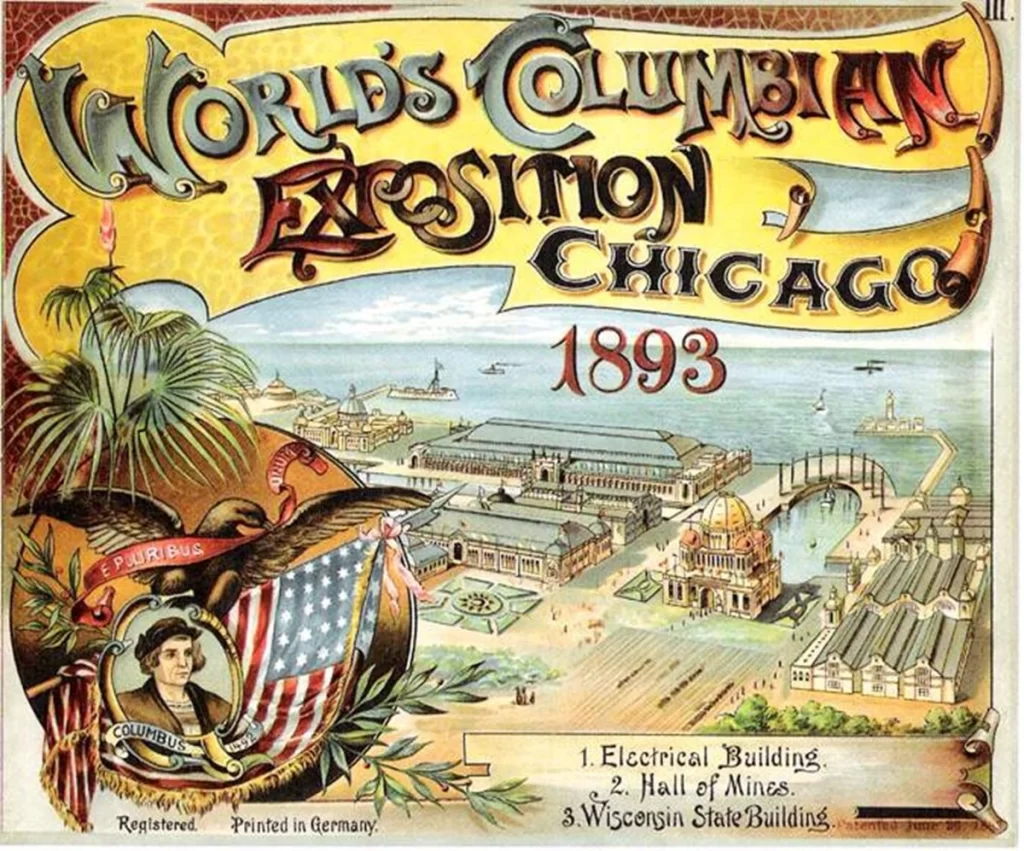
Richard Henry Park Sculptures
Park’s legacy lives on through his diverse portfolio of public monuments and private commissions. His versatility as an artist is evident in his transition from marble to bronze, and his ability to create both intimate portraits and grand public monuments. Park’s life came to an end at the Battle Creek Sanitarium in 1902, as confirmed by his Chicago Tribune obituary, leaving behind a rich artistic legacy that spans from Connecticut to Florence, and from Milwaukee to Chicago.
Image Courtesy- Wikimedia
Contributor

